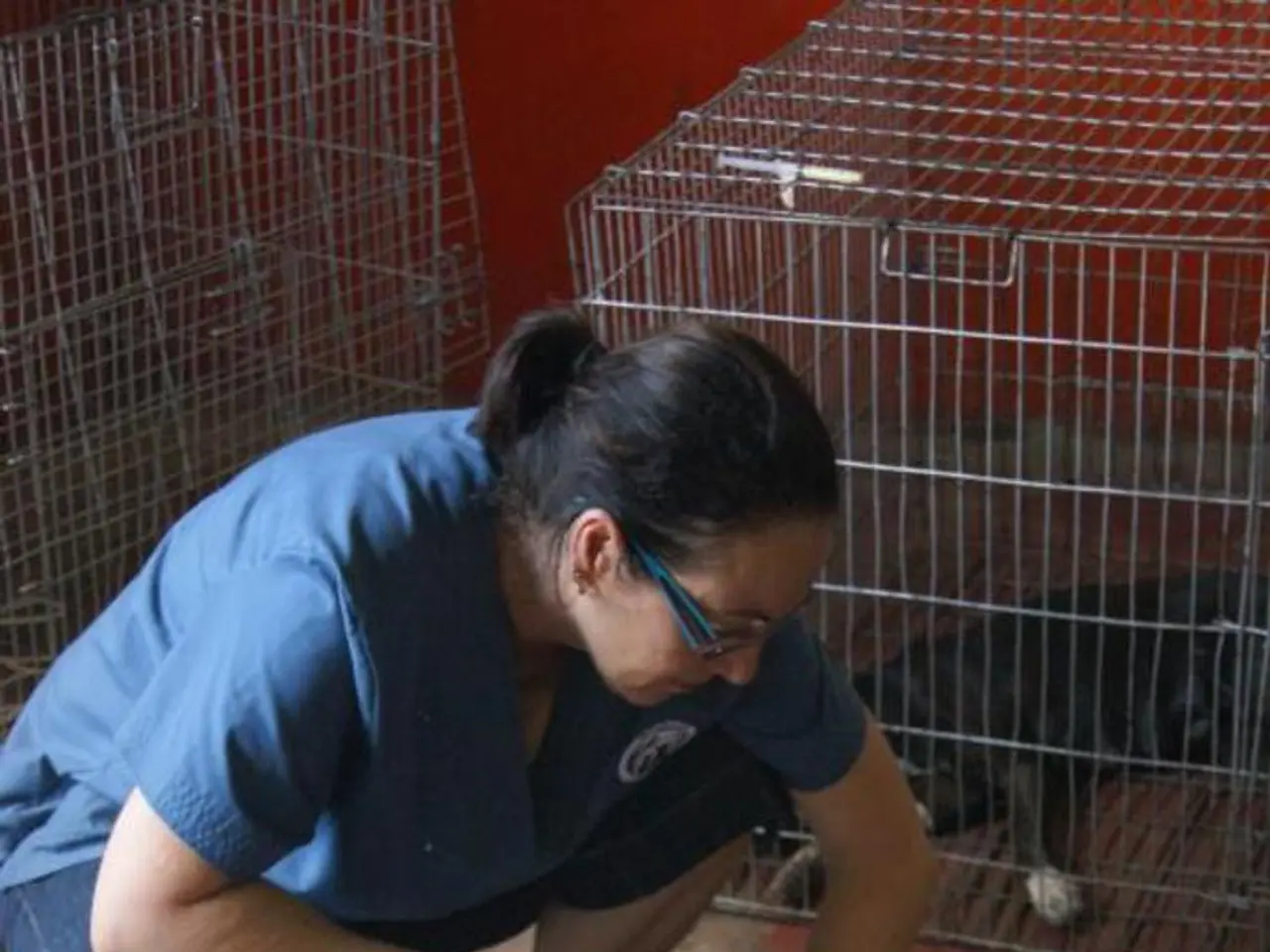Attend the Forthcoming Webinar Focused on Minimizing Use of Animals in Experiments
The U.S. Environmental Protection Agency (EPA), PETA Science Consortium International (PSCI), Institute for In Vitro Sciences (IIVS), and California Department of Pesticide Regulation (CDPR) are hosting a webinar on August 28, 2024, at 11 a.m. EDT, titled "The CATMoS Model for Acute Oral Toxicity and Evaluation of its Potential Use in a Regulatory Context for Pesticide Hazard and Risk Assessment."
The webinar will focus on the Collaborative Acute Toxicity Modeling Suite (CATMoS), a groundbreaking method for predicting acute oral toxicity using computer-based models instead of vertebrate animal testing. The global project, led by the National Institute of Environmental Health Sciences' National Center for Environmental Assessment's Office of Testing and Assessment (NICEATM) and the Interagency Coordinating Committee on the Validation of Alternative Methods (ICCVAM) Acute Toxicity Workgroup, received 139 models from 35 international groups, developed using a dataset of 11,992 chemicals.
CATMoS aims to provide a platform for predicting acute oral toxicity, which is crucial for understanding the potential harm of substances, including pesticides, to mammals. It integrates multiple models and data sources to improve prediction accuracy. The potential use of CATMoS in a regulatory context for pesticide hazard and risk assessment can be significant, particularly in reducing animal testing while maintaining or enhancing safety standards.
Michael Lowit from EPA's Office of Pesticide Programs (OPP) will present on OPP's work with multiple national and international organizations to evaluate the use of new approach methodologies (NAMs) in regulatory risk assessment of acute toxicity. Kamel Mansouri from the National Toxicology Program's Interagency Center for the Evaluation of Alternative Toxicological Methods (NICEATM) will present on the development of computer-based models for predicting the acute oral toxicity of chemicals.
CATMoS has demonstrated performance comparable to vertebrate animal testing for predicting toxicity. In fact, it was used to predict the acute oral toxicity of EPA-registered pesticides and compared to the lethal dose identified via vertebrate animal testing. This supports the potential reliance on CATMoS predictions instead of vertebrate animal testing in some cases.
The webinar is the fifth in a quarterly series announced by EPA in August 2023. To register and view more details about the webinar, visit . Future developments may focus on integrating CATMoS with other models, such as those for chronic toxicity or environmental impact, to provide a more comprehensive risk assessment framework. The success of CATMoS in regulatory contexts depends on its validation and acceptance by regulatory bodies. It represents an innovative approach to streamlining the assessment of chemical hazards, particularly for pesticides, by offering a robust tool for predicting acute oral toxicity. Its potential in regulatory contexts is substantial, as it can help in making more informed decisions about chemical safety while reducing the reliance on animal testing.
- The webinar, coinciding with the collaboration of the EPA, PETA Science Consortium International, Institute for In Vitro Sciences, and California Department of Pesticide Regulation, will discuss the CATMoS Model, a computer-based method for predicting acute oral toxicity, specifically in relation to pesticides and other chemicals.
- The potential implementation of the CATMoS Model in a regulatory context for pesticide hazard and risk assessment can be significant, as it has the ability to reduce animal testing while maintaining or enhancing safety standards, and its success is contingent on its validation and acceptance by regulatory bodies.
- The webinar will feature presentations from Michael Lowit of EPA's Office of Pesticide Programs and Kamel Mansouri of the National Toxicology Program's Interagency Center for the Evaluation of Alternative Toxicological Methods, who will discuss the evaluation of new approach methodologies for regulatory risk assessment of acute toxicity and the development of computer-based models for predicting the acute oral toxicity of chemicals, respectively.




